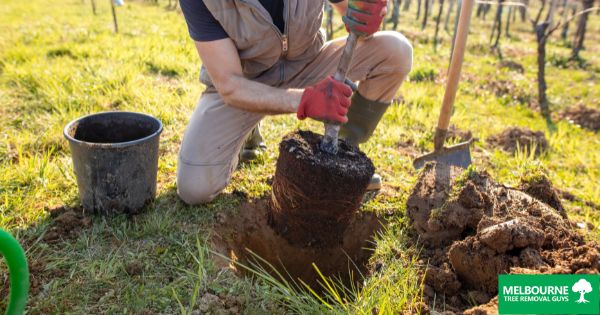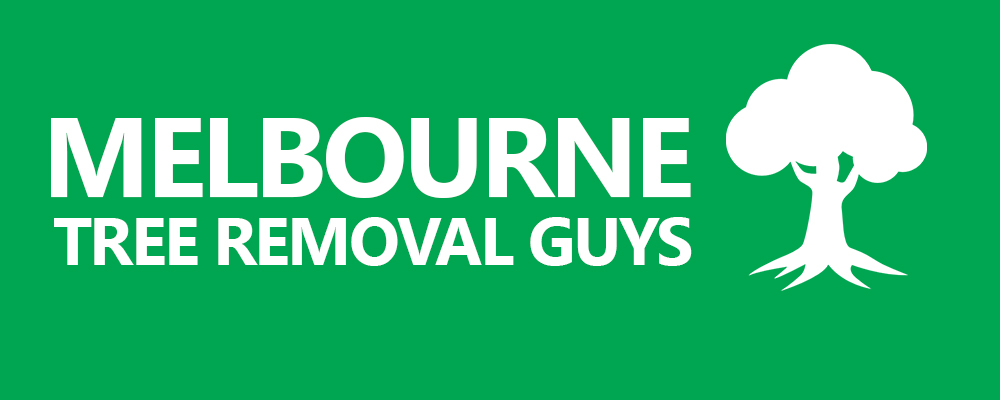Planting a tree, the right way takes a little more than digging a hole, sticking the tree in the ground, and laying the hose next to it. However, following a few simple tips is all you really need to do to give your new tree a good start in its new home.
Plant in the Spring
Many seasoned green thumbs will tell you planting in the fall is your best bet. Conventional wisdom says planting in the fall gives it plenty of time to establish itself and acclimate to the heat of summer.
Contrary to popular belief, spring plantings give the tree plenty of time to ready itself for the summer heat. Planting in the spring brings with it a bonus most folks don’t think about. Springtime is prime time at local nurseries. Nurseries typically have great products available in the spring.
Planting in the fall is good as far as timing goes. Your local nurseries may not have high quality offerings during the fall months.
You’ve Got to Dig Deep
Too many folks approach putting a tree in the ground with nothing more than their best guess about the best way to get the tree in the ground. They dig a hole they think is deep enough, stick the tree in, fill the hole with dirt, and turn on the sprinkler.
There are a few things you need to think about before you unleash your inner Johnny Appleseed.
- Identify the trunk flare (Where the trunk expands at the base of the tree) usually 2”-4” below the top of the root ball.
- Start by tilling a patch of soil that measures roughly 5 times wider than the diameter of the root ball.
- Dig a shallow, but broad hole. A wider hole breaks up the surrounding soil and allows for new roots to move freely.
- The hole should be 2-3 times the diameter of the tree’s root ball. The hole should be just deep enough to keep the trunk flare at least 1” above the ground.
- Remove any wire or plastic from around the tree’s roots.
- Position the tree so that it is plumb in the hole.
- Make sure the tree is pointing in the proper direction. Some nurseries or retailers place a dot or mark on the tree. The dot is typically supposed to face a certain direction.
- Before you begin backfilling the hole you want to remember to avoid covering the root flares with mulch or dirt.
- Lastly, create watering bowl with mulch around the root ball area of the tree. This will help retain water when it rains, or when you water with a hose.
The soil should be moist to the touch. Water as needed.
How to Water Properly
Arborists or professional planters will tell you it is all too common to dig a dead tree out of a hole with a large puddle of water at the bottom.
Water is essential to life, and your tree needs water to thrive.
As hard as it may be to believe, overwatering is the number one cause of death in immature trees. Watering is a tricky proposition. There is simply no black-and-white answer. It depends on the age of the tree, the species, time of year, soil type, and a handful of other factors.
If you find yourself unsure whether you are underwatering or overwatering, don’t feel bad. There are many of us out there in the same boat.
It may seem almost impossible to give a tree too much longer. After all, people need water to survive, and it’s almost unheard of for us to get too much water.
Most overzealous waterers don’t take a moment to realize tree roots need oxygen too. The soil around the roots typically has plenty of oxygen for the roots. If the hole is always full of water, there’s no way for the roots to breathe.
Soil type plays an important role when it comes to the amount of water a tree requires. Most metro areas have clay soil. Clay soil tends to trap water better than rocky or sandy soil. Because clay soil holds water, overwatering becomes a distinct possibility.
When Is It Time to Water
Younger trees typically require more water compared to a mature tree. Young trees expend a lot of their energy developing root systems. This increases the amount of water they need. As a rule of thumb, For the first handful of years it’s a good idea to water twice a week.
As a tree matures and its root system grows, you will find yourself watering less frequently. Mature roots work their way deeper underground. Simply watering the surface will not be enough to reach deep roots.
At this point, the name of the game is getting water deep into the ground to reach the growing roots. Many arborists will tell you they prefer a drip system for watering as opposed to the traditional methods of using hoses and sprinklers. Drip systems allow for water to slowly work its way deep underground where it can be most effective.
The only way to be truly sure if it is time to water is to check the moisture in the soil. Thankfully, this doesn’t require any fancy tools. You just need to be able to feel the soil.
You can slide your finger into the soil around the trunk and feel for moisture. If you prefer to do this without getting your hands dirty, take a screwdriver or a long fork and dig into the ground. Remember, you want the ground to feel moist but not overly wet or muddy.
Melbourne Tree Removal Guys – All Tree Cutting & Other Services. Tree Removal, Stump Grinding, Stump Removal, Tree Trimming, Tree Mulching, Tree Pruning & Emergency Tree Removal Experts In Melbourne!
Click here to read more articles regarding tree removal & related services.
If you are in Frankston South, Victoria 3199 and looking for Melbourne Tree Removal Guys, below is the best way to visit us.
Melbourne Tree Removal Guys
26 Fleetwood Dr
Narre Warren VIC 3805
https://treeremoval-melbourne.com.au
*Find us on Google Map


Recent Comments